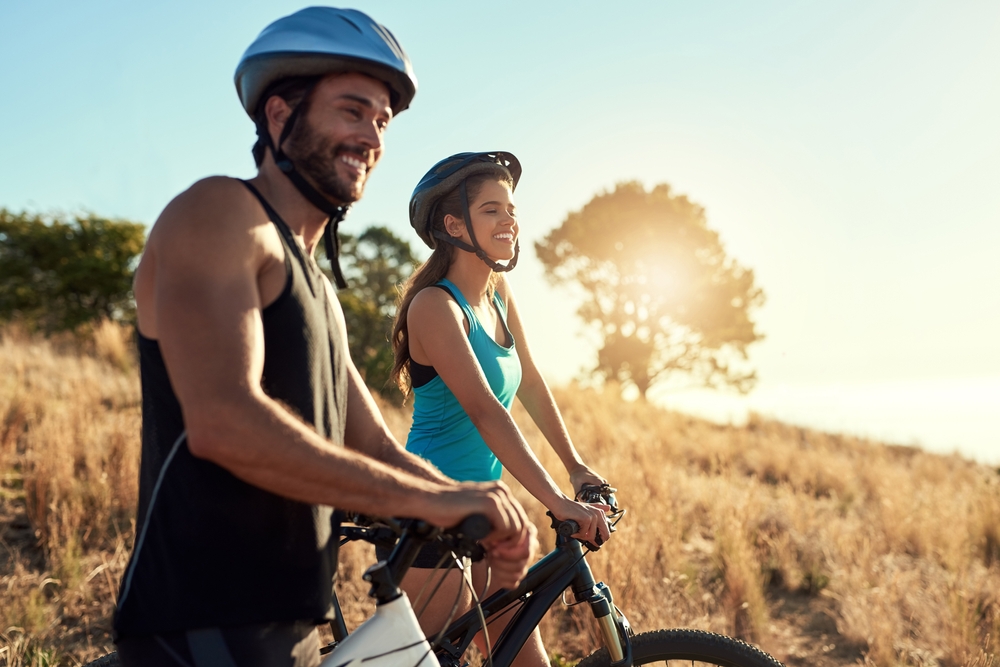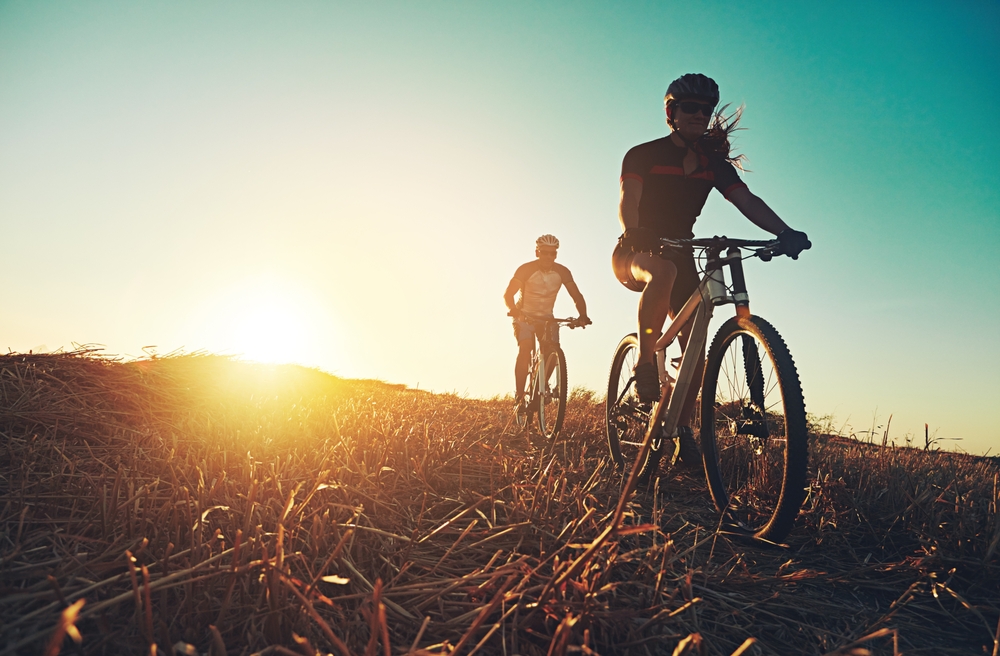Cycling offers a mix of freedom, fitness, and outdoor enjoyment that many sports cannot match.
The quality of your cycling experience depends on several factors, including equipment, preparation, and route selection. You will gain more satisfaction from your rides when you pay attention to these elements.
This applies whether you enjoy casual weekend outings or compete in athletic events. Understanding what contributes to a great cycling experience helps you make choices that enhance your time on two wheels and allows you to focus on the joy of the ride rather than equipment issues or physical discomfort.
Essential Cycling Equipment for Comfort and Performance
The right equipment forms the foundation of your cycling experience. You need to select from various bike types designed for specific purposes and terrains. Road bikes excel on smooth pavements with their lightweight frames and thin tyres. Mountain bikes feature sturdy construction and suspension systems for rough terrain. Hybrid bikes combine elements of both for versatile use.
Beyond the bike itself, proper fitting ensures your comfort during long rides and prevents injury. You can adjust or replace components such as saddles, handlebars, and pedals to match your body dimensions and riding style. Triathlon essentials from Sigma Sports offers you access to specialized equipment, including triathlon bikes, for competitive events. You can also use accessories like cycling computers to track performance metrics such as distance, speed, and heart rate.

Weather Considerations and Seasonal Cycling Strategies
Weather conditions directly affect your cycling experiences. For summer rides, you need light, breathable clothing and extra water to prevent dehydration. Winter cycling demands layers that protect against cold while allowing moisture to escape. Spring and autumn present changeable conditions that require adaptable gear.
Rain poses challenges through reduced visibility and slippery surfaces, so you require waterproof jackets and pants to manage these conditions. Wind resistance increases the effort required, with headwinds creating particular difficulty. You can improve ride quality by planning routes that account for wind direction.
You might consider triathlon clothing for year-round use due to its versatile nature and moisture-wicking properties. The material technology in modern cycling apparel addresses specific weather challenges through innovations in fabric composition and construction techniques.
Route Planning and Navigation Tools
Your route selection significantly impacts cycling enjoyment. Quiet country lanes offer you scenic views and minimal traffic interference. Dedicated cycling paths provide safety and often connect interesting destinations. Urban routes require careful planning to avoid congestion and dangerous intersections.
Digital tools have transformed how you can plan routes through detailed maps and user reviews. You might benefit from a triathlon watch or similar GPS device to follow pre-planned routes without stopping to check directions. These devices also record your ride data for later analysis.
When planning routes, you should consider features such as elevation profiles, surface types, available rest stops, and points of interest. Circular routes end where you begin to simplify your transportation logistics. Out-and-back routes allow you to make flexible distance adjustments based on your energy levels or time constraints.

Nutrition and Hydration Strategies for Cyclists
Proper fuelling directly affects your cycling performance and enjoyment. You need carbohydrates as the primary energy source for cycling activities. Protein supports your muscle recovery after rides. Your hydration requirements increase with temperature, humidity, and effort level.
For rides lasting longer than an hour, you must carry water; most bikes include mounting points for your water bottles. On extended rides, you can rely on energy gels, bars, or chews for convenient refuelling. These products deliver easily digestible carbohydrates without requiring stops. Time trial bikes often feature specialized hydration systems that minimize aerodynamic penalties while keeping your fluids accessible.
You require electrolyte replacement during longer rides or hot conditions to prevent cramping and maintain performance. Your post-ride nutrition should focus on protein and carbohydrates to support recovery processes.
Cycling Safety Practices and Visibility Considerations
Safety practices protect you and enhance your confidence during rides. You should wear a helmet to reduce the risk of head injury in accidents. These come in various styles optimized for different cycling disciplines. Bright clothing increases your visibility to other road users.
You can use multiple visibility aids, including reflective elements and lights. Front and rear lights remain essential for low-light conditions, and modern LED options offer extended battery life and high brightness. Your understanding and following of traffic rules create predictability that improves safety.

Regular equipment checks before rides help you identify potential mechanical issues before they create hazards. Many TT bikes feature integrated lights or mounting points for your visibility equipment. Group riding offers you additional safety through increased collective visibility and assistance if problems occur.
Social Aspects and Community Benefits of Cycling
Cycling offers you social connection opportunities through group rides and events. You can find cycling clubs in most areas that welcome members of various ability levels. These organizations often schedule regular rides with different pace groups suited to your fitness level.
When you participate in organized events like sports or charity rides, you combine cycling with broader purposes. You can access shared knowledge about routes, equipment, and techniques through online forums and local gatherings. You might notice many triathletes participate in cycling-specific events to build specialized fitness.
Training partners motivate you during challenging workouts and are accountable for maintaining consistent riding schedules. Family cycling creates shared experiences and helps you introduce younger generations to healthy lifestyle activities. Coffee stops during rides have become a cycling tradition that combines physical activity with social interaction.





